The Tang Dynasty, also known as the "Golden Age of China," was a period of remarkable cultural, political, and economic development that occurred in the early to late eighth century. Spanning from 618 to 907 AD, this dynasty marked a high point in Chinese civilization with its flourishing arts, expansive trade networks, and significant advancements in various fields. This article aims to provide an introduction to the historical overview of the Tang Dynasty in English, highlighting its key features and contributions.

The Tang Dynasty succeeded the Sui Dynasty after a civil war that resulted in the establishment of a new imperial house, which ruled for nearly three centuries. The dynasty is often regarded as one of the most prosperous periods in Chinese history due to its extensive reforms and open-door policies towards foreign cultures. Here’s a breakdown of its major aspects:
1.Historical Context and Foundation
To understand the significance of the Tang Dynasty, it's crucial to look into its historical context and foundational elements. After the collapse of the Han Dynasty, several short-lived regimes followed before the rise of the Sui Dynasty, which laid important groundwork through centralization policies and infrastructural developments. However, internal conflicts led to the downfall of the Sui, paving the way for the founding of the Tang Dynasty. The first emperor, Gaozu (Emperor Taizong), played a pivotal role in unifying China once again and establishing a strong centralized government.
2.Cultural Flourishing
One of the hallmarks of the Tang Dynasty was its cultural prosperity. During this time, China saw unprecedented achievements in literature, poetry, art, music, and dance. Poets like Li Bai and Du Fu became legendary figures whose works are celebrated worldwide. Additionally, Buddhism gained substantial influence, leading to a syncretic blend of religious thought and practices. The capital city, Chang’an (modern-day Xi’an), became a cosmopolitan hub where East and West converged, fostering a rich tapestry of cultural exchanges.
3.Economic and Trade Development
The Tang economy thrived on agriculture, commerce, and trade. Technological innovations such as improved irrigation systems and iron plows boosted agricultural productivity. Moreover, trade routes expanded under the protection of the Silk Road, connecting the East with distant parts of Asia and Europe. The thriving economy allowed for urban growth, with cities like Chang’an becoming bustling centers of trade, finance, and craftsmanship.
4.Military Prowess
Military strength was another critical aspect of the Tang Dynasty. The empire maintained a vast army and navy, capable of defending its borders against external threats and internal rebellions. Emperor Taizong's campaigns notably extended Tang control over much of modern-day Central Asia, solidifying China's influence in the region. Despite facing challenges, particularly from nomadic tribes like the Tibetans and Khitans, the Tang managed to maintain its military supremacy for much of its duration.
5.Political System
The political structure during the Tang Dynasty was highly centralized yet flexible enough to adapt to various situations. It adopted elements of Confucianism as state doctrine, promoting merit-based appointments and ethical governance. Local administration was decentralized, allowing for effective management of provinces and territories while ensuring loyalty to the central authority. The system was relatively stable until the mid-Tang period when corruption and power struggles began to weaken the imperial rule.
6.Decline and Fall
Despite its golden age, the decline of the Tang Dynasty was gradual but inevitable. Several factors contributed to its downfall, including internal corruption, peasant uprisings, and relentless pressure from external invaders. The An Lushan Rebellion (755-763) was a pivotal event that severely weakened the empire. Following this conflict, the Tang rulers struggled to regain control over their fragmented lands and faced increasing pressure from emerging rival states. By the end of the tenth century, the dynasty could no longer maintain its dominance, leading to its eventual fall in 907.
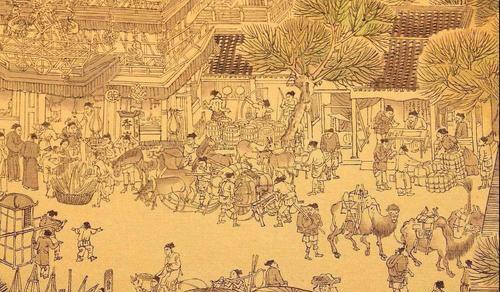
In summary, the Tang Dynasty stands as a beacon of Chinese civilization, marking a peak in artistic expression, economic prosperity, and cultural integration. Its legacy continues to influence contemporary society, reflecting the depth and breadth of achievements during this transformative era. Through understanding its complexities and contributions, we gain valuable insights into the dynamics of ancient governance and cultural exchange.
标签:#福地阅读网


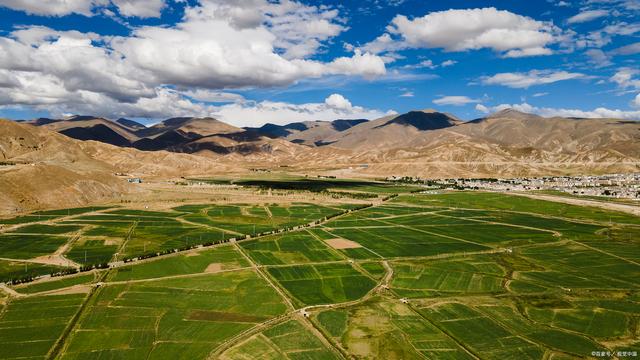

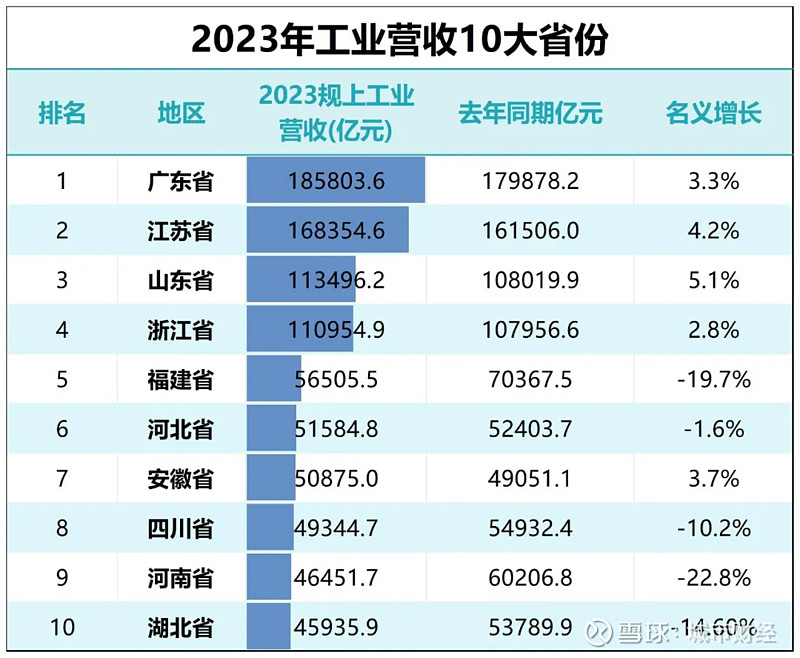
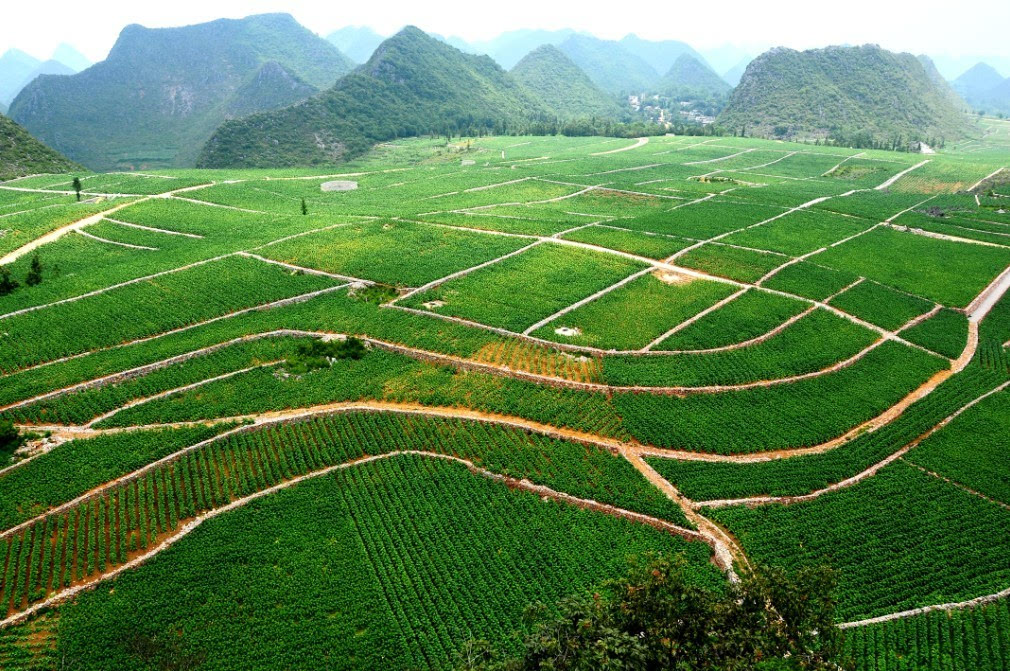





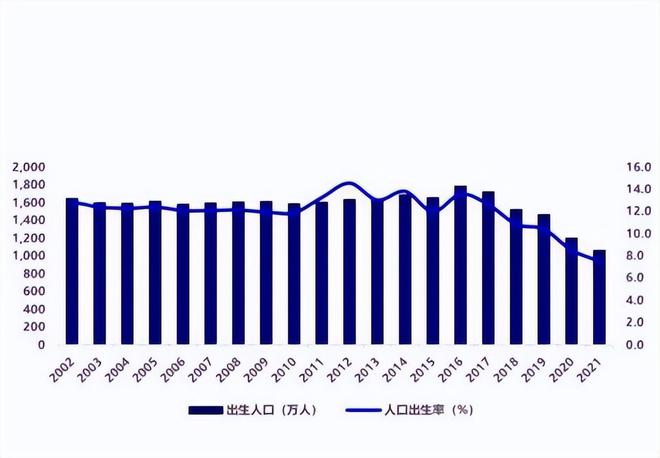
评论列表